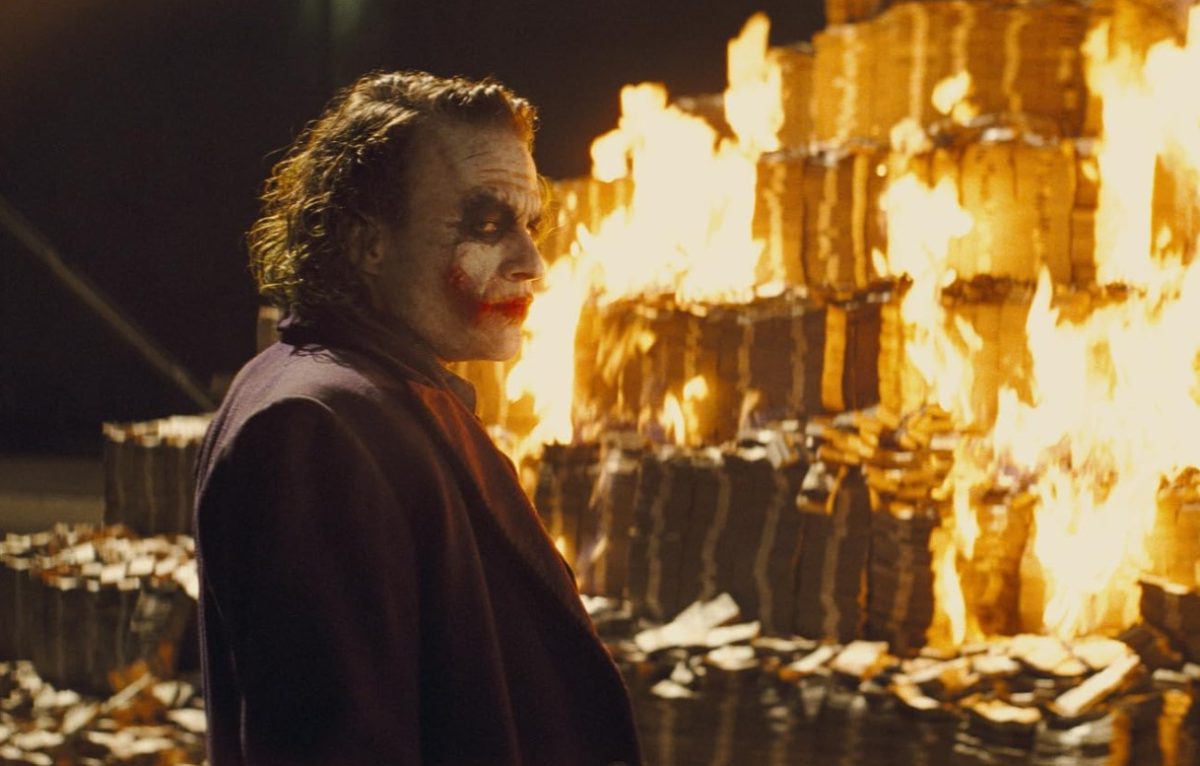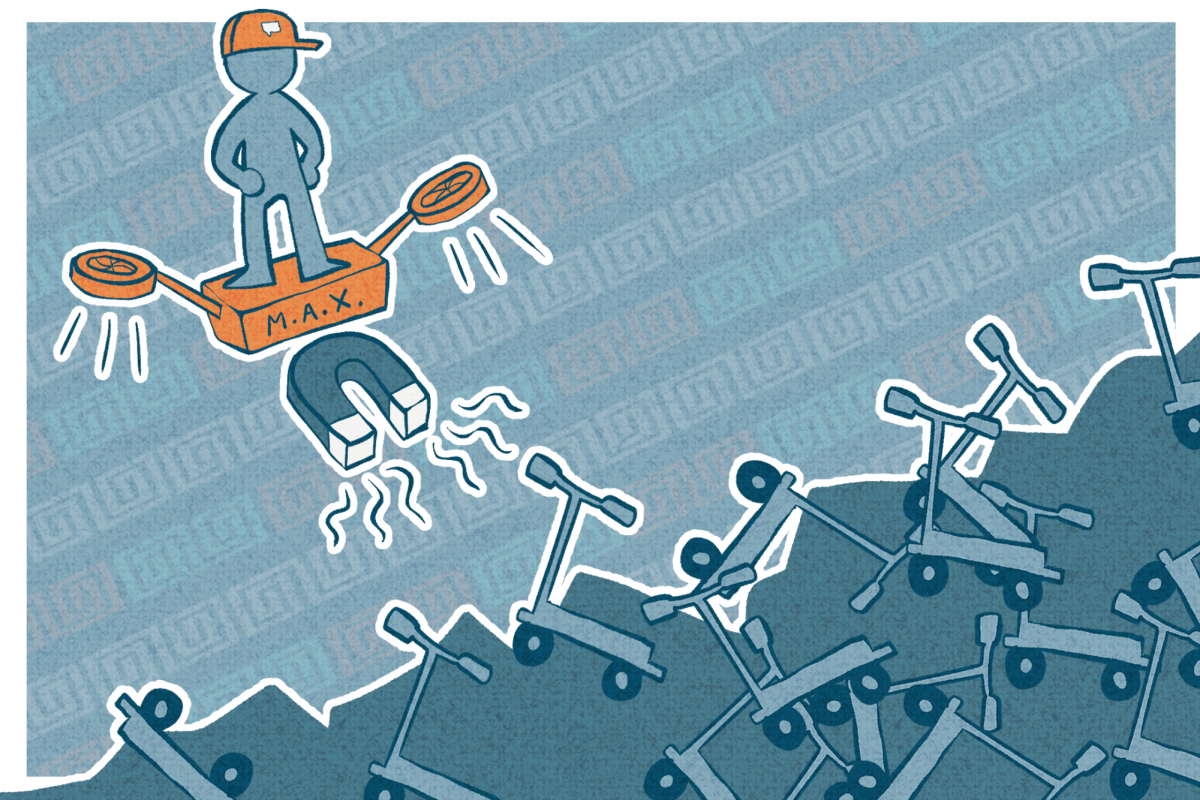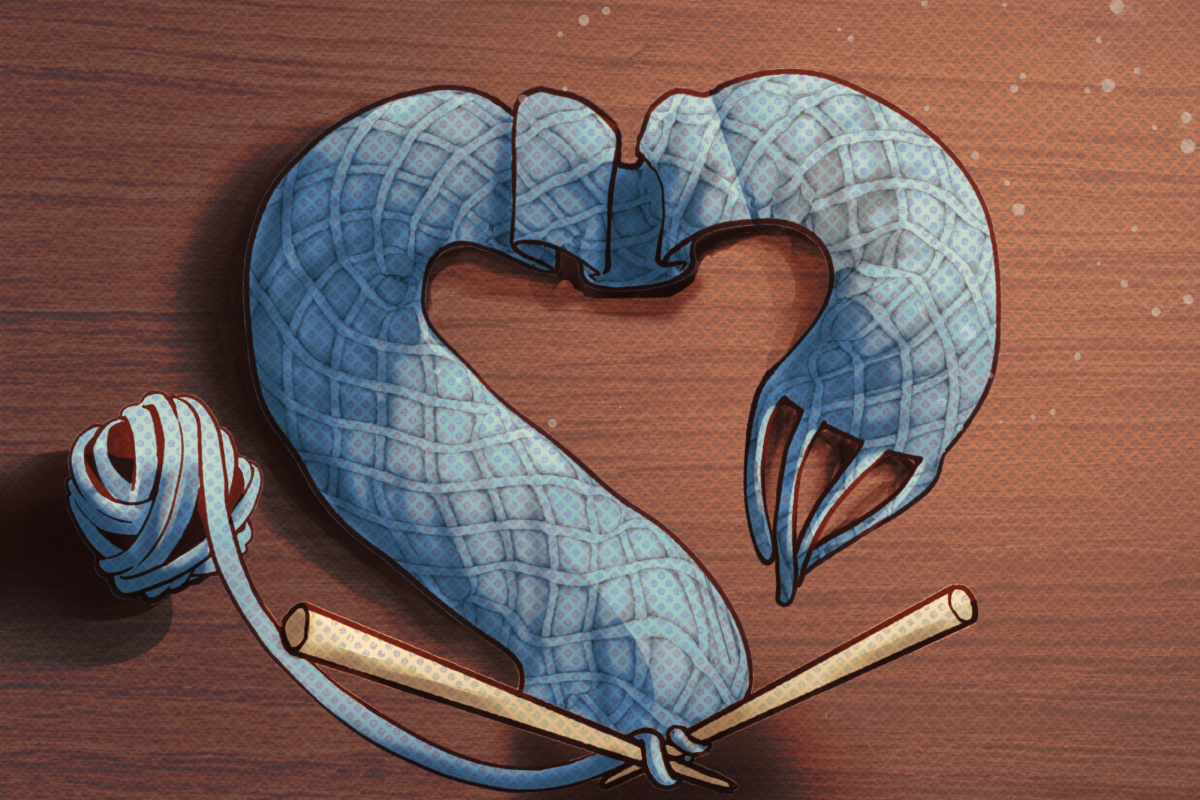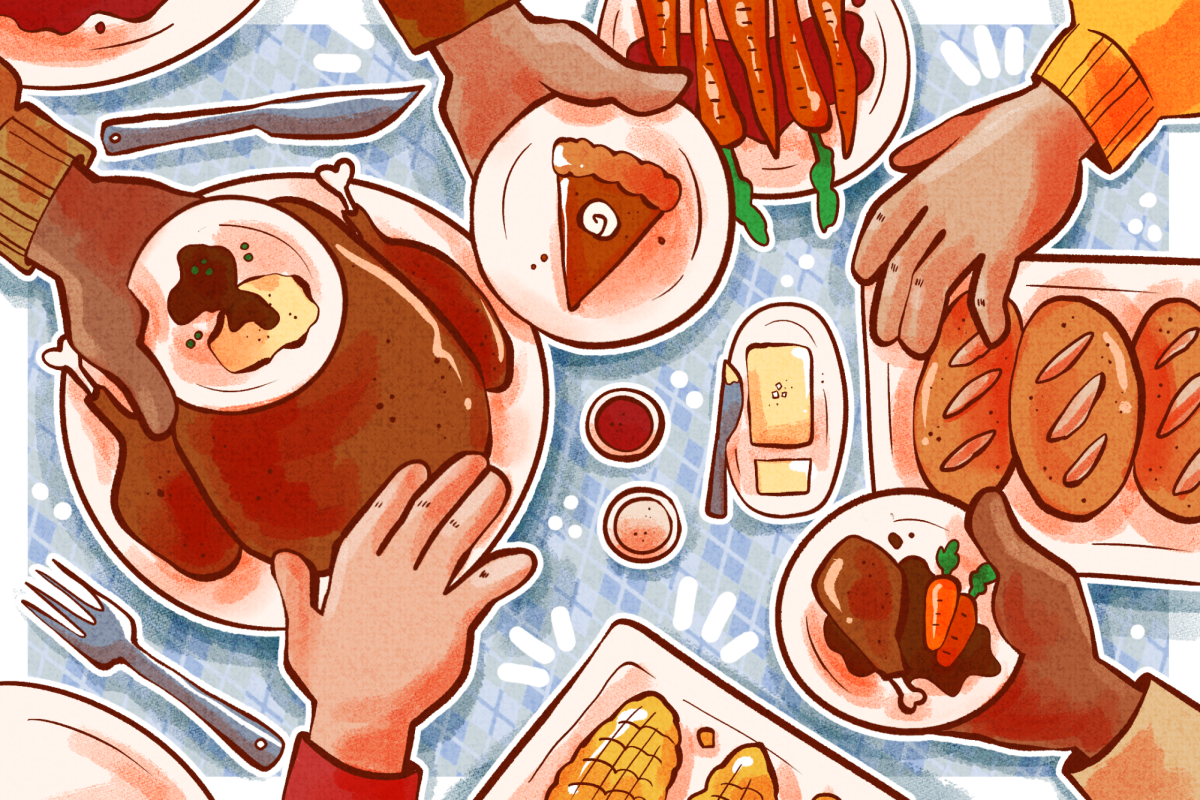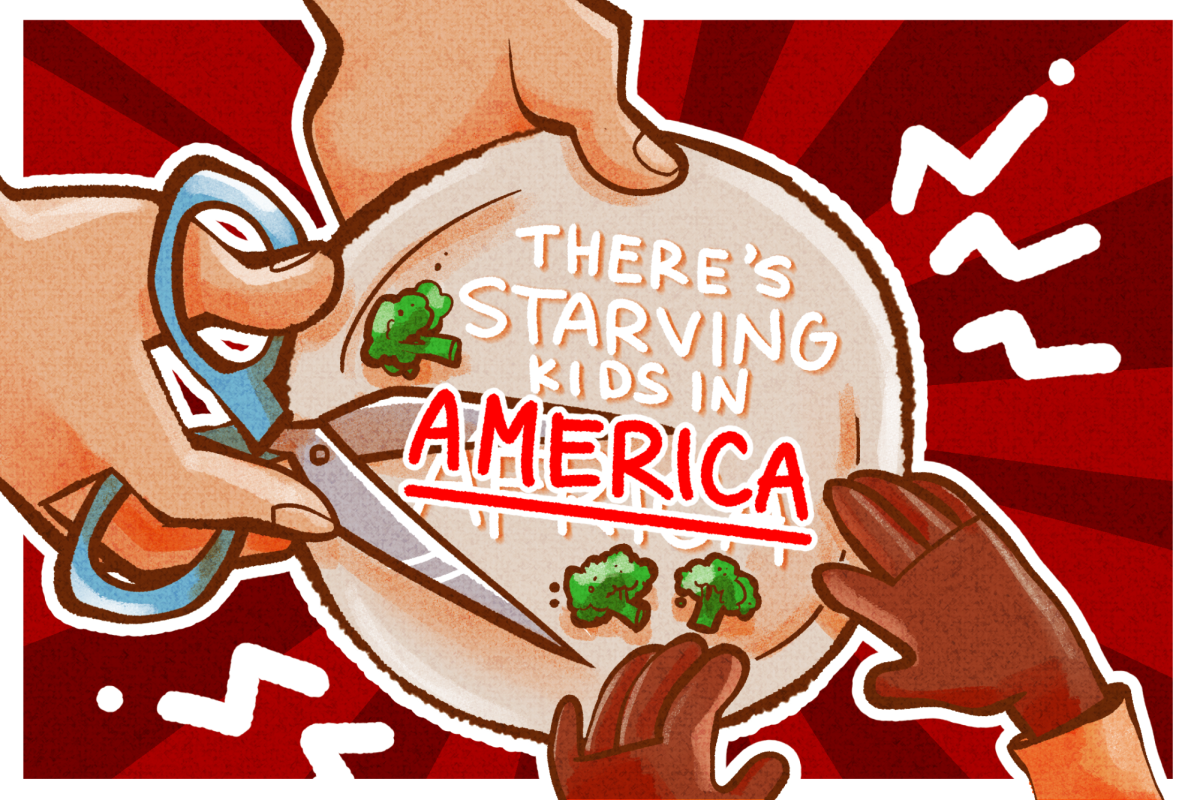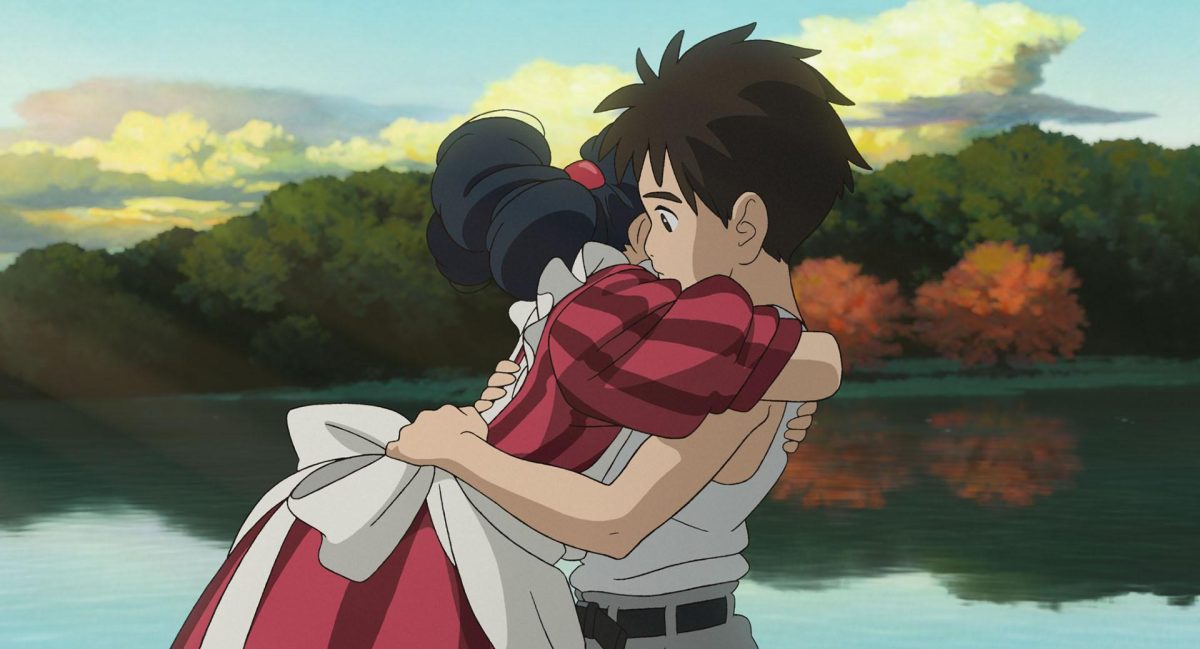It’s so much more fun to write villains than heroes.
Creating a great protagonist is no easy task. To make sure readers and audiences continue to root for the hero and stay invested in their story, writers need to give heroes unique quirks and personalities to ensure they stand out among the crowd. They must guide them through their character arcs and give them meaningful flaws and struggles to overcome.
Villains are a breath of fresh air in this regard — there’s no pressure to make them relatable or inspiring. They don’t need to serve as great role models either. Some of the darkest and most intimidating villains come from writers who had a field day coming up with fantastical character designs and plotting evil, villainous schemes for their characters.
There’s a reason why we all love to hate Joffrey Baratheon and Dolores Umbridge; why little kids are still delighted by villains from old Disney animated classics like Ursula from “The Little Mermaid” and the Evil Queen from “Snow White and the Seven Dwarfs,” why Hannibal Lecter and the Joker can be found topping best villain lists everywhere.
Characters like these are remorseless and brazenly evil and enjoy every second of it — just like the audience. Sure, these villains might have complex origin stories to make them more interesting, but those backstories only serve to explain their cruelty, not excuse it. We might understand why they do what they do, but we still relish it when the heroes give them their due.
Get The Daily Illini in your inbox!
Stories today are regrettably lacking in pure evil villains. They’ve been replaced in favor of more sympathetic villains that just don’t have the same appeal. This may seem counterintuitive — why wouldn’t we want villains with more nuance?
While sympathetic villains may seem like an improvement on their more straightforward counterparts, their tragic and misunderstood pasts — featuring the much-overused trope of generational trauma — often feel forced and come off as an excuse for all the horrible things they’ve done, usually in the name of positive social change (I’m looking at you, Thanos).
Worst of all, writers can inadvertently end up making the heroes look bad instead. Many new Disney remakes are guilty of doing this. For instance, in the 2023 remake “Peter Pan & Wendy,” Captain Hook is no longer Peter Pan’s archnemesis and a bloodthirsty pirate but Peter Pan’s best friend until he left Neverland to find his mother. Peter Pan comes across as the cruel one for rebuffing him after he came back as a grown man. Are we really expected to root and cheer for such a hero?
Sympathetic villains have always been around, but they’re usually there to complement the story’s big bad. Luke Skywalker’s path to becoming a Jedi wouldn’t be complete without him redeeming his father Darth Vader, but it’s the unapologetically wicked Emperor Palpatine’s defeat and death that make the finale so satisfying.
A villain’s role in a story has always been to act as a foil for the hero. They test the hero’s mettle and serve as a catalyst for heroes to overcome their weakness, rise to the occasion and save the day. The need to do away with pure evil villains is directly tied to a lack of heroism in modern stories.
Without strong villains, heroes no longer have anything to strive against. “Puss in Boots: The Last Wish” was so successful precisely because it brought back two things that are sorely missing today: shamelessly evil villains and swashbuckling heroes.
When done right, sympathetic villains can be amazing, especially as the protagonist of the story. After all, who doesn’t love Darth Vader, Michael Corleone or Walter White? But villains don’t need to be sympathetic to have nuance.
Most of pop culture’s greatest villains don’t conform to a single archetype but incorporate fresh and original character concepts and designs that fit the story. For instance, the only thing in common between Norman Bates and Hans Landa is their ability to terrify viewers.
Audiences just want their unapologetic villains back — not just because they’re more fun to write, but because they’re more fun to watch, too.
Ayushi is a sophomore in Engineering.



